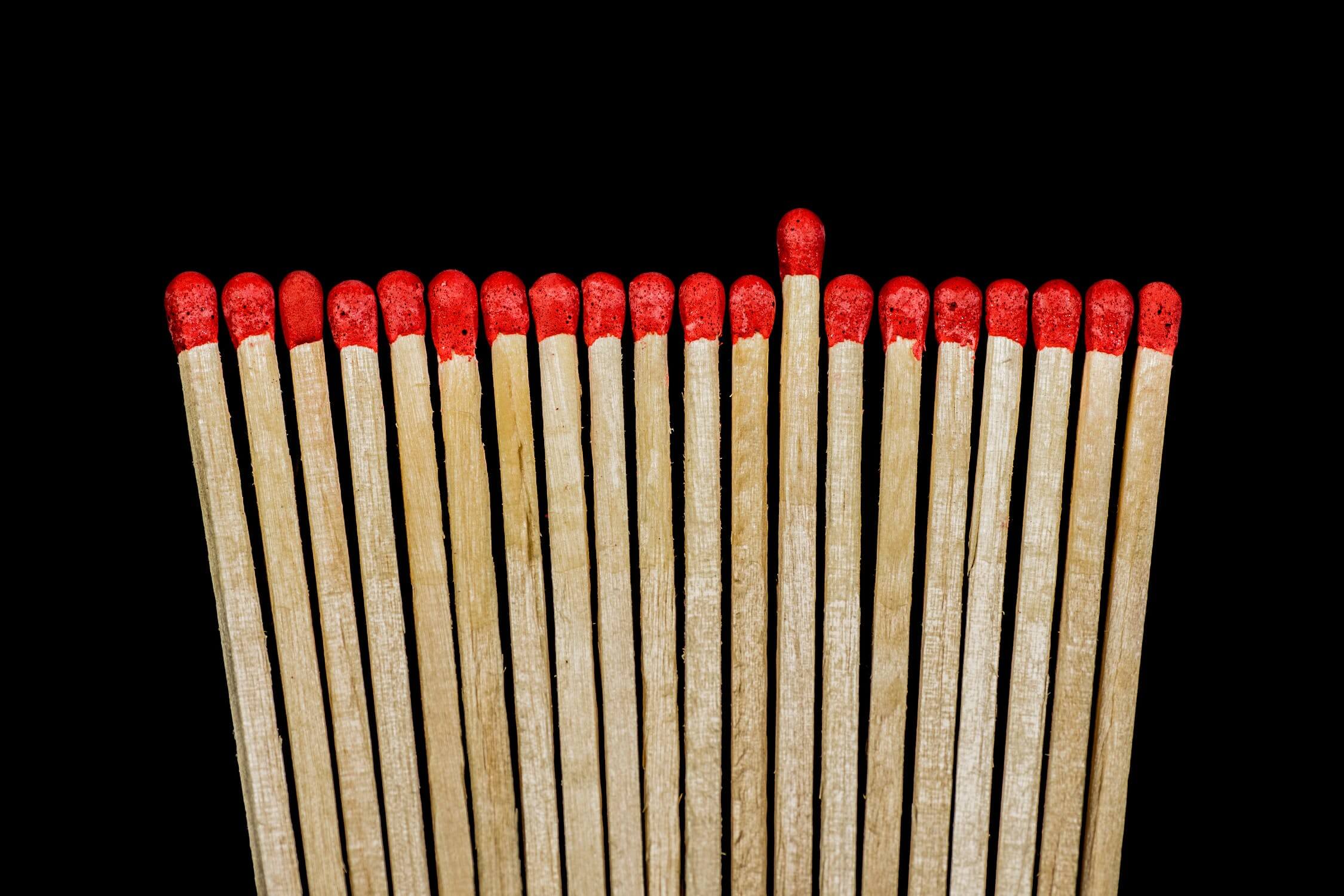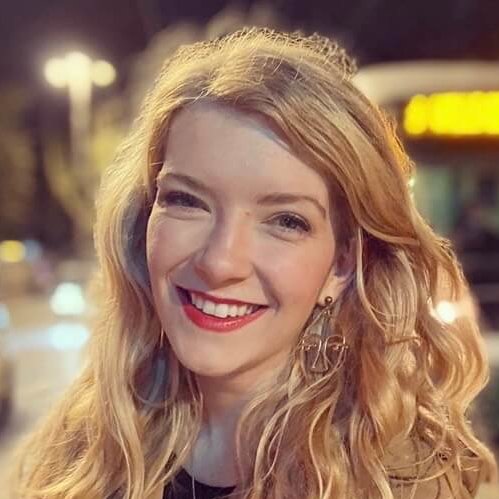June 18, 2019
What is “burnout” and how can you avoid it?

The modern work landscape is, in many ways, quite bizarre.
While the importance of a stable, healthy work culture is becoming a must for many employers and employees, there is a simultaneous pressure to always be ‘hustling’. This pressure comes from multiple areas – it might be an overflowing workload, or, the inability to carve out personal time without getting distracted. Whatever the cause, the end result is stress – and that stress can lead to a condition known as “burnout”.
In recent months, the internet has been abuzz with the dangers of burnout. The World Health Organization have even recognised it as an official diagnosis – they define it as this:
“a syndrome conceptualized as resulting from chronic workplace stress that has not been successfully managed”
In non-medical speak, this amounts to work-triggered exhaustion that prevents a person from continuing with their tasks. And this is the crux of the matter, working too hard actually stops you from working.
Everyone has to push harder sometimes, maybe when things get busier or something important is unfolding, the real problem comes when people try to keep up this pace indefinitely. Humans are not built to be going all the time – taking pause is essential to our own recuperation.
Don’t believe me? The need for a break is hardwired into our DNA. Lack of sleep has serious side effects, in fact, it takes only 24 hours of missed sleep for your brain’s cognitive function to become impaired. Similarly, if we are continually doing we ultimately run out of steam.
While a flurry of recent articles have suggested that tech detoxes and mindfulness apps are the secret to keeping the fire burning, the real answer lies in something more simple: space. Trying to solve the problem of technology with technology is nonsensical. Instead of downloading an app to block out emails or social media, put down your device and walk away.
Modern calendars are chock-a-block. White space is seen as limited time that must be filled – and we wonder why we’re exhausted? The idea of taking time out for thinking is a scary prospect for some professionals – with endless pressure to be consistently productive, they worry about the time wasted on a non-forthcoming thinking session.
Here’s the thing: breaks can be productive. In fact, time spent daydreaming is often the most fruitful technique for generating ideas. The real trick is to engage in transient hypofrontality – no, I didn’t just bash my fist on the keyboard, this is a real thing. Luckily, engaging in hypofrontality isn’t as complex as its wording.
So what is it? Transient hypofrontality is condition whereby the focussed, logical processing part of our brain (read: the bit that will sap your energy when used all the time) is given a rest, and instead, you begin to think with the frontal lobes of your brain (the area of our mind that deals with sequential thoughts and decision-making).
There’s another part to focus in on here: transient. Unfortunately, you can’t flip a switch and just start thinking in hypofrontality. Instead, you need to get into some kind of flow; things that are rhythmic or natural are especially good for this. Many people find that repetitive exercise like walking or jogging helps them enter this state, but you could also try other things, such as doodling or washing up. The key is that it’s something fairly automatic that allows your mind to wander.
So while some might use an app to lock themselves out of their phones or download the latest “transformative” zen app, the real solution to burnout might just be to think differently – literally.
By carving out time for yourself, you can rest the logical part of your brain and discover solutions and ideas in the process. Doing this reaps many rewards – not just blocking burnout, but also actively fueling the energy you need to keep your best work flowing.
Want to overhaul the way you work? Ayoa is built to exude creativity, innovation & productivity. Don’t do just any work, do your best work with Ayoa – sign up for free today.

